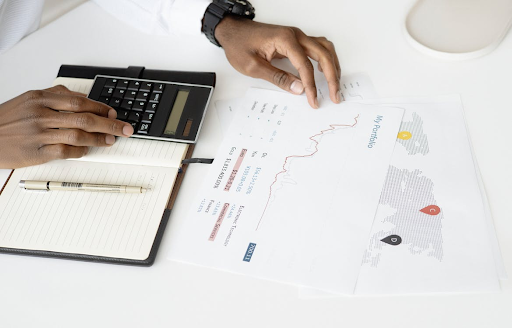
No business owner likes to hear the word 'risk'. Whenever you hear it, you instantly shift a little in your seat and start to grumble. You've put your heart and soul into this business - along with a lot of money - so the last thing you want to do is take big risks.
By nature, a risk is something that might lead to negative consequences. As such, you try your best to avoid taking them. Most business owners will not take big risks with regards to things like a business or marketing strategy. In those cases, you're pretty calculated in your approach, ensuring you do things that are as low-risk as possible. Too many risks mean too many chances for things to go wrong, which usually results in your business either losing money or damaging its reputation.
Nevertheless, there are aspects of your business that present more risks than others, whether you like this or not. So, it's a smart idea to identify the biggest risks to try and come up with solutions that can help you mitigate them as best as you can. Here are what most business owners like Andy Defrancesco find the riskiest elements of their organization:
Yep, if you have employees, you have to understand that they present high levels of risk. How so? Well, it's largely because you have no real control over them and what they do. Yes, you are in charge of giving them orders and telling them what work to do. But, as free-thinking human beings, you can't account for their own errors.
For instance, let's say you operate a delivery business where you have numerous truck drivers delivering goods around the company. Talk to any truck accident attorney and they'll tell you that truck accidents are the most common on the roads, and this largely comes down to human error. All it takes is for one of your drivers to pull out blindly and cause an accident, with the negative consequences falling on your shoulders. Orders get unfulfilled, customers are unhappy, and you have the legal dealings of a truck accident case.
Even in an office setting, an employee can be a risk. Someone might be working on something, and they put the wrong data into a box, completely screwing up your analysis. In both of these completely different examples, you can counter the risk of employees by reducing human error. This might mean using automation in some cases, but a wiser idea is to conduct more thorough employee training. If you are confident your employees know what to do, the chances of things going wrong will decrease.
Again, it seems crazy, but technology is one of the riskiest things in your business. Mainly, you can't trust that it will always work for you. The internet is a fine example; how many times has your internet connection cut out? It might be for a few minutes, or it could be a few hours. Either way, you lose valuable time being unable to get online and do your business.
The same goes for applications; they can often freeze or stop working. It slows your productivity right down and means you might have to deal with unhappy clients and customers. To counteract the risks of technology, you need to have fail-safes in place. These are ideas and solutions that you call upon when technology fails you. For example, let's say you use the Microsoft Office Suite, but it bugs out and you can't save or do any work. Here, you should also have Google Docs to call upon and use until the Office suite works again. Simple stuff like this can save you when technology plays up.
If you use equipment in your business, it will always present a certain level of risk. This is purely because equipment can malfunction or break down at any given moment. Imagine you're in a manufacturing plant and one of your machines stops working. Or, on a more relatable and general level, your printer breaks in the office. Once again, your productivity ceases as you need to find a solution to get things up and running again.
Your best course of action is to maintain your equipment religiously. This means cleaning it all the time, getting it serviced as often as you can, and so on. Well-maintained equipment is less likely to break and present risks, keeping you safe.
Minimize the risks in your business if you want to maximize success. Calculated risks can be beneficial, but the things listed above tend to be risks that are somewhat out of your control and ever present across all industries. Find the solutions to counter these, lowering their risk level.